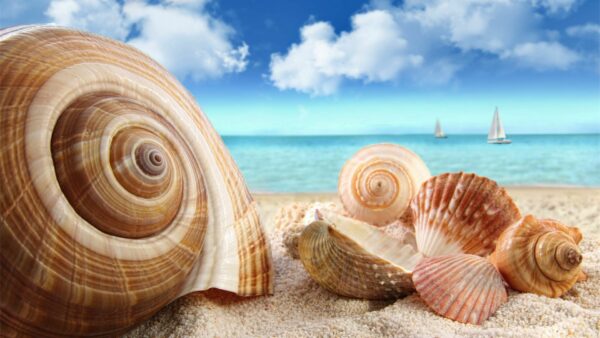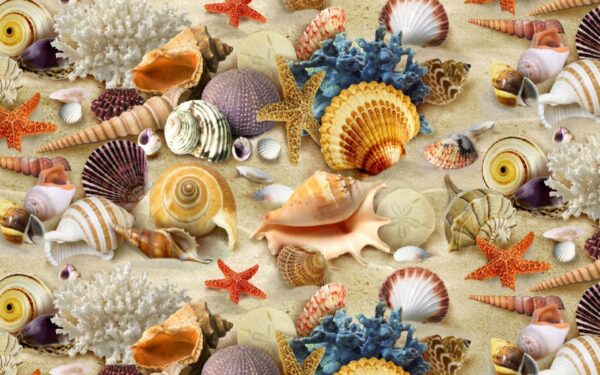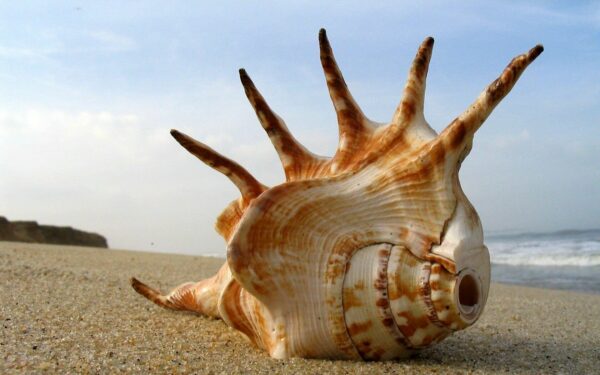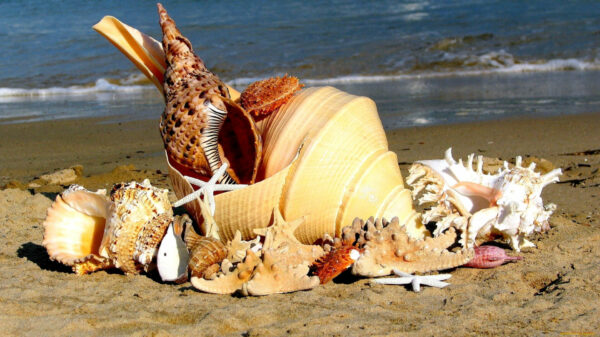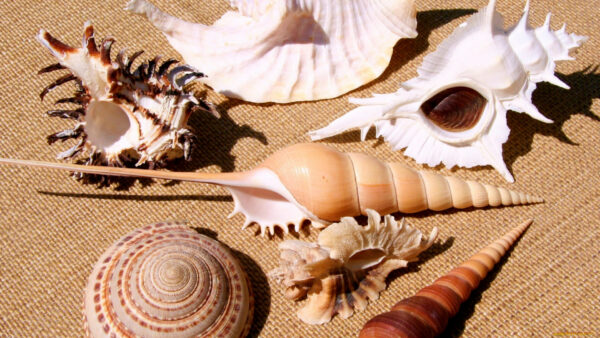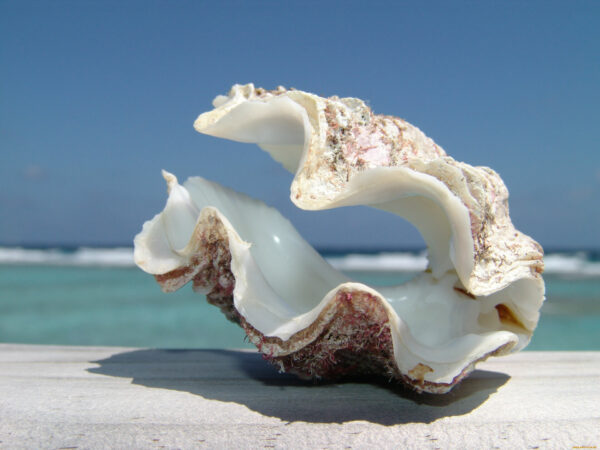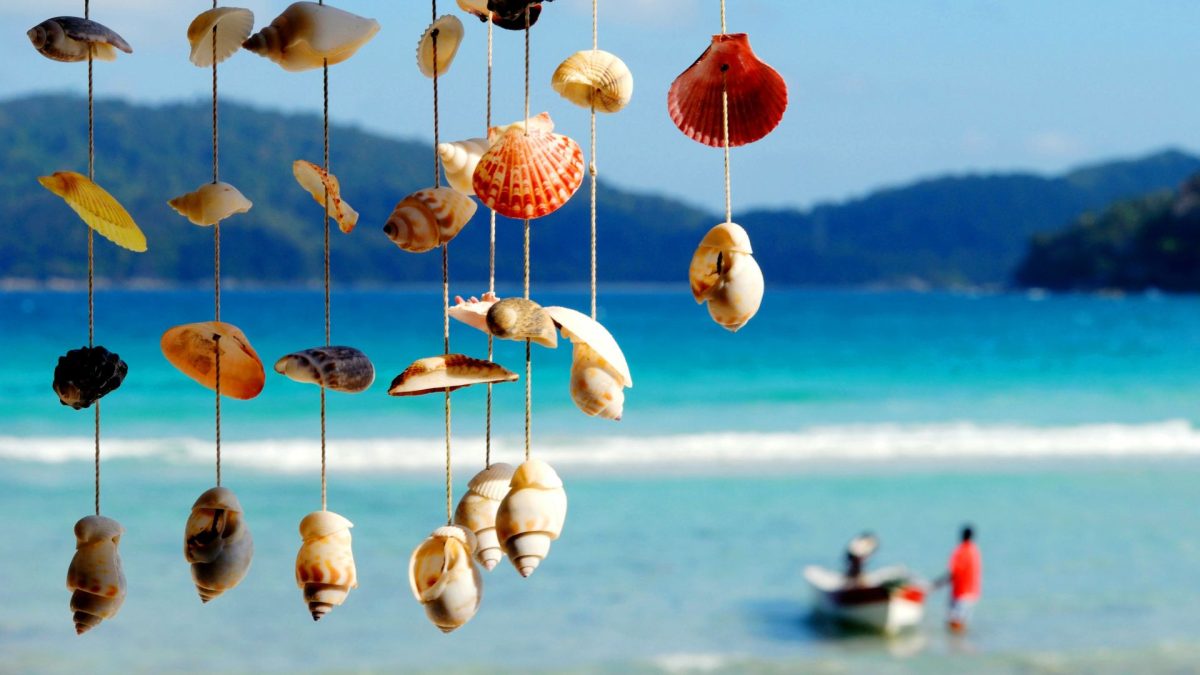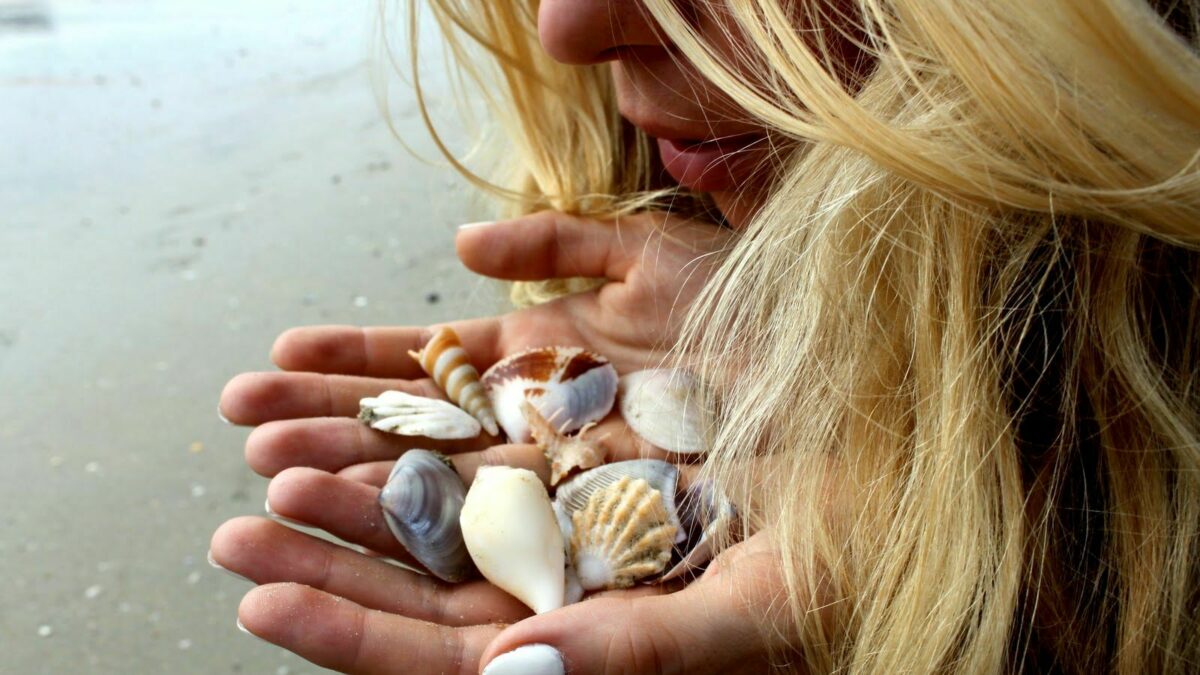Blog
The Cultural Significance of Seashells: Their Role in Art, Mythology, and Religion
Introduction: The Enduring Fascination with Seashells
Seashells have been a source of fascination for humans for thousands of years. Their intricate shapes, vibrant colors, and unique patterns have inspired artists, poets, and writers throughout history. Seashells have also played a significant role in mythology and religion, serving as symbols of fertility, rebirth, and the divine. In this article, we will explore the cultural significance of seashells, examining their role in art, mythology, and religion.
Seashells in Art: From Ancient Times to Modern Day
Seashells have been used in art for thousands of years, from ancient cave paintings to modern-day sculptures. In ancient Greece, seashells were often used to decorate pottery and jewelry, while in ancient Rome, seashells were used to create intricate mosaics. During the Renaissance, seashells were a popular motif in paintings, symbolizing the beauty and diversity of nature.
In modern times, seashells continue to inspire artists. Contemporary artist Rowan Mersh creates stunning sculptures using thousands of seashells, while artist Josie Iselin uses seashells to create intricate photographic prints. Seashells have also been used in fashion, with designers such as Alexander McQueen and Christian Dior incorporating them into their designs.
Seashells in Mythology: Symbolism and Significance Across Cultures
Seashells have played a significant role in mythology and folklore across cultures. In ancient Greece, seashells were associated with the goddess Aphrodite, who was said to have been born from a seashell. In Hindu mythology, the conch shell is a symbol of the god Vishnu and is used in religious ceremonies. In Native American folklore, seashells were believed to have healing powers and were used in spiritual rituals.
Seashells have also been associated with fertility and rebirth. In many cultures, seashells were used as amulets to promote fertility and protect against infertility. In ancient Egypt, seashells were often placed in tombs as a symbol of rebirth and the afterlife.
Seashells in Religion: Sacred Objects and Spiritual Meanings
Seashells have played a significant role in many religions, serving as sacred objects and symbols of spiritual meaning. In Christianity, seashells are often used as a symbol of baptism, representing the washing away of sins and the rebirth of the soul. In Buddhism, the conch shell is a symbol of the Dharma, the teachings of the Buddha.
In many indigenous cultures, seashells are used in spiritual rituals and ceremonies. The Navajo people of North America use seashells in their healing ceremonies, while the Maori people of New Zealand use seashells in their traditional dances and songs.
Conclusion
Seashells have played a significant role in human culture for thousands of years, inspiring artists, serving as symbols of mythology and religion, and playing a role in spiritual rituals and ceremonies. Their enduring fascination is a testament to their beauty and diversity, and their cultural significance is a reminder of the importance of nature in our lives. Whether used in art, mythology, or religion, seashells continue to captivate and inspire us.



